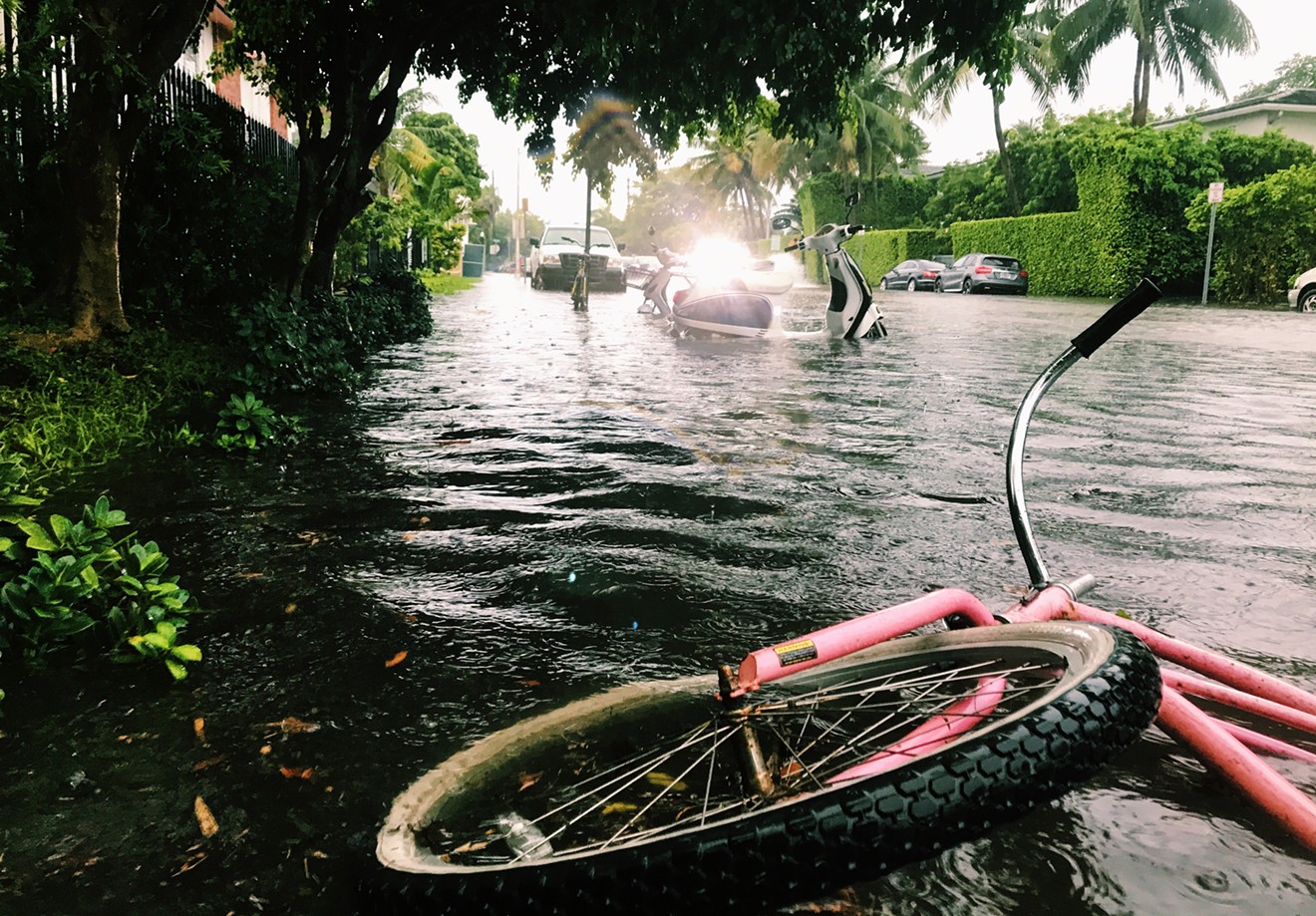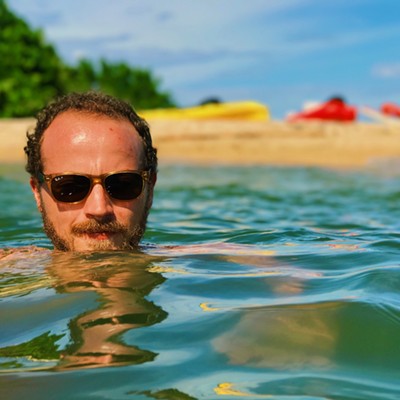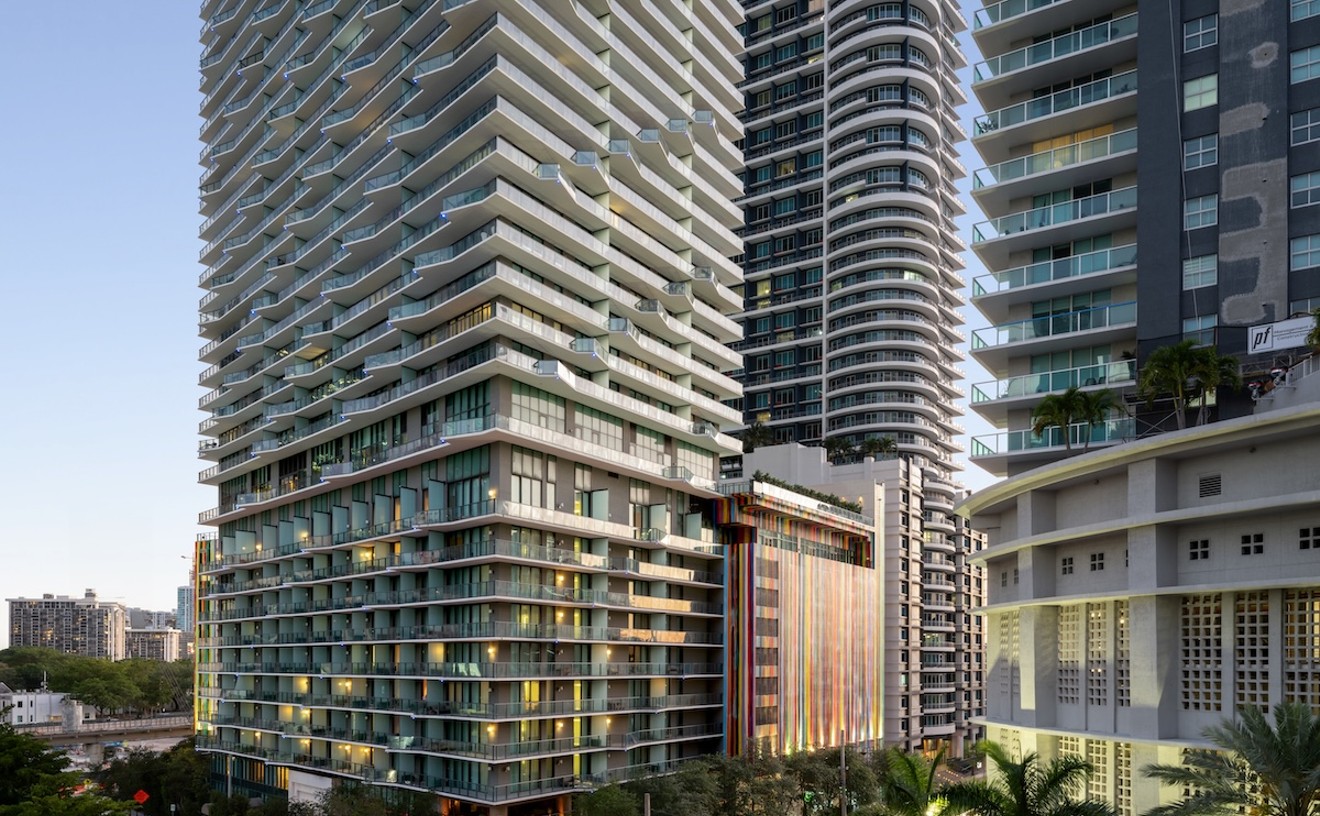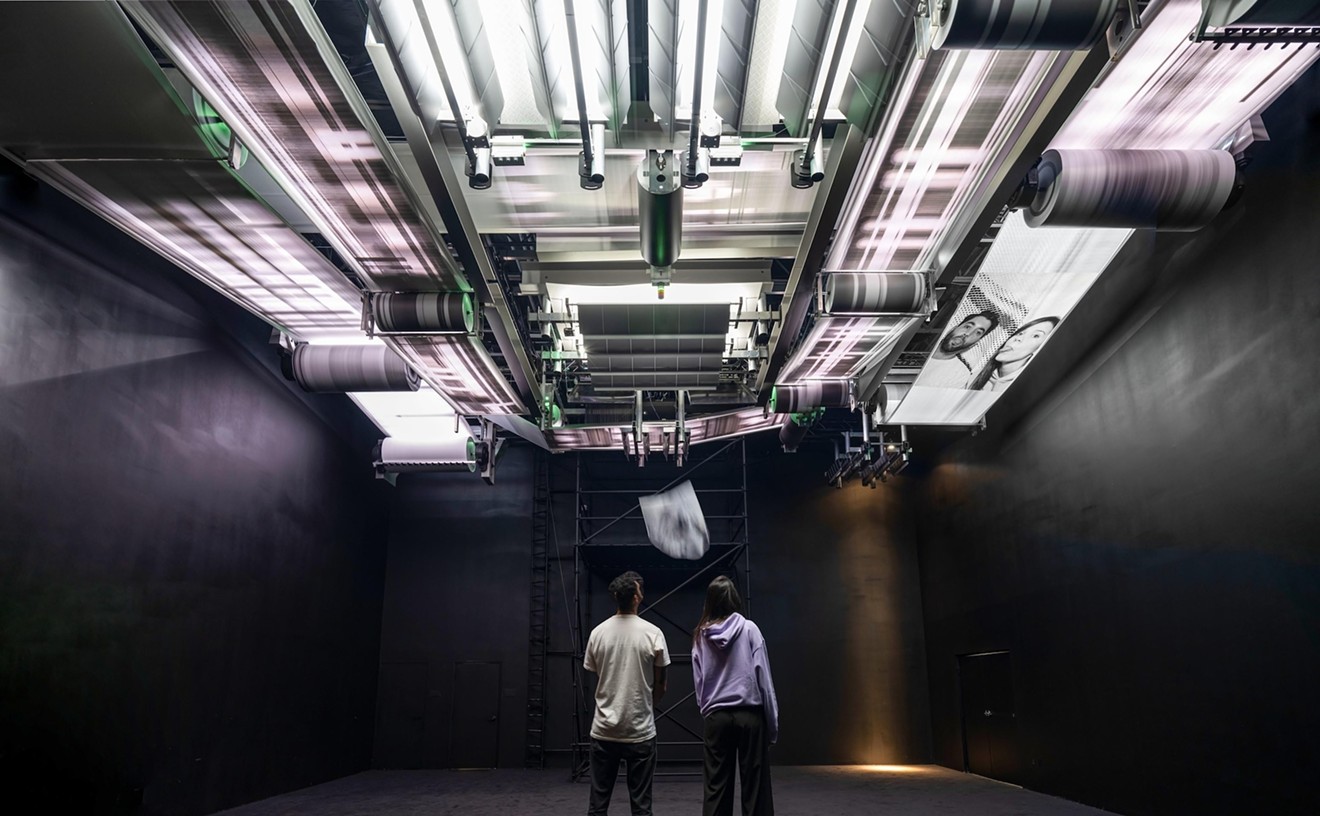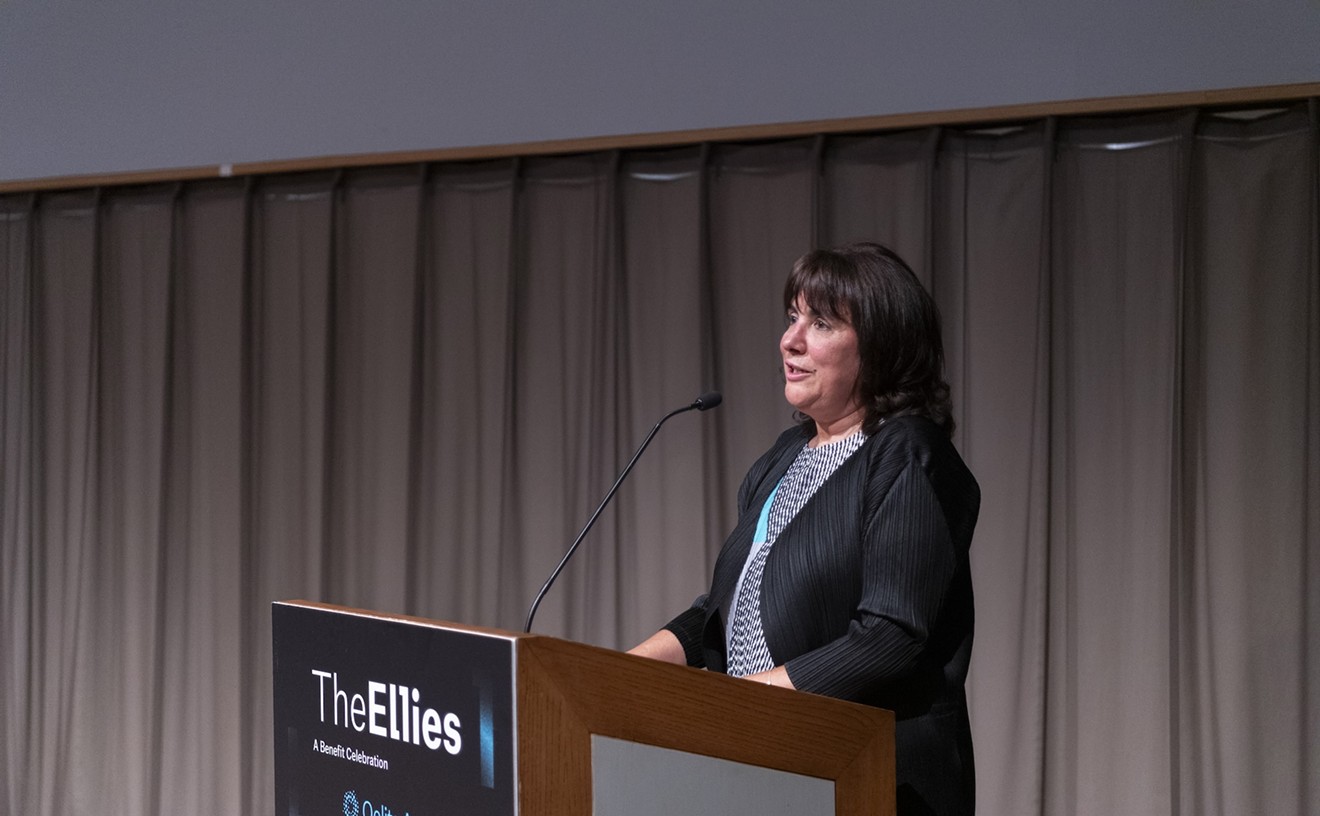“Five years ago, local leaders down here, Republicans and Democrats, formed the bipartisan Southeast Florida Regional Climate Change Compact — an agreement to work together to fight climate change," Obama said. "And it’s become a model not just for the country, but for the world.”
That compact came about as the result of the Southeast Florida Regional Climate Change Summit. The summit, which aims to promote proactive planning to counteract the daunting effects of climate change, is celebrating its tenth-annual meeting at the Miami Beach Convention Center, which continues today in the midst of what Miami-Dade Mayor Carlos Gimenez officially proclaimed “Climate Week.”
Yesterday's meeting began with remarks by Gimenez and Dan Gelber, the mayor of Miami Beach, who
“It’s more important to get it right than to push it on to the next council,” Gelber explained. “This has really become the issue of our time, of our generation.”
Gimenez discussed resiliency projects that Miami-Dade has undertaken over the course of the past year, as well as proposing new goals for the county. He said he intends to work with FPL to get Florida from 1 percent solar energy to 20 percent and to make the county’s government the first in the nation to run entirely on renewable energy. He also stated he hopes to install twice as many charging ports around the county for electric cars.
Gimenez compared this moment in South Florida’s history to the era of the space race, when John F. Kennedy declared the U.S. would put a man on the moon, and the country followed his bold ambition and found a way to do so within ten years. “Let’s approach this with the same sense of urgency,” the mayor said.
But what is resilience, really? The short answer: Resilience is a growing field that specializes in how well a community can recover from difficult situations brought on by any number of things, from hurricanes to economic recessions.
“For me, resilience is not just about bouncing back; it’s about bouncing forward,” explains Susanne Torriente, Miami Beach’s chief resilience officer. “If we’re stronger, if we’re aware of our risks, if we are adapting to climate change, if we’re investing to reduce our risk, then when something does happen to us, we’re in a better position.”
Torriente’s position, which was created in Miami Beach only three years ago, is all about collaboration. Resilience requires preparing for complex problems that almost always need an interdisciplinary approach, involving experts such as civil engineers, climatologists, entrepreneurs, and urban planners.
The greatest problem facing Miami Beach and South Florida as a whole is undoubtedly sea-level rise. The water is already here, and it will keep coming. Studies show that by 2100, most of the Florida coastline will experience around six feet of sea-level rise. But even before that, South Florida will likely experience severe sunny-day flooding multiple times a month, probably as soon as the coming decade.
How we deal with that reality is what resilience is all about, and it was very much a part of the day’s discussions at the summit. The range of topics mirrored the complexity of the issue and the scale of the task at hand. Some speakers discussed various options for the future of carbon-friendly transit, while others broached the issue of social equity and working to avoid climate gentrification, which is already being seen around Miami in neighborhoods such as Little Haiti, where real-estate prices are rising because of the high ground.
But as one of the panelists pointed out, these are not issues that should involve only a city’s chief resilience officer. Nor should it be solely the concern of those who were in attendance, an audience that was made up of scientists, professors, developers, and elected officials. This is an issue that also needs to be owned by the community at large, by everyone who calls this place home and hopes to keep it.
That's one of the central ideas driving the Invading Sea Project, a first-of-its-kind partnership among the editorial boards of the Miami Herald, Sun Sentinel, and Palm Beach Post, with reporting help from WLRN. Together they have spent the past seven months exploring sea-level rise from various angles in order to educate the public and get people to think and talk about this challenge in new ways.
The question at the center of the project is “Can South Florida be saved?” Though the answer is unclear, the editors involved, who took part in a panel yesterday, along with the many journalists who have contributed to the project, have made great strides in engaging the community in a broader discussion of where Florida stands and what happens next.
Among the members of that community who attended the summit were a handful of students from Dillard High School in Fort Lauderdale. They came as part of an after-school climate initiative that offers environmental activities such as building self-watering gardens and fosters discussions to promote awareness and curiosity. Their teachers have also made it a point to take them to events such as the summit to further their understanding of climate change and the many efforts being made to adapt.
“I’ve learned there are a lot more problems that I wasn’t aware of before,” 17-year-old Joshua notes. “Even at this event, I’ve learned that there are different angles to see things from, especially dealing with the environment and how it relates to our communities, and that’s exactly what I came here to look for.”
Another student, 17-year-old Jahnoah, has always had a keen interest in climate change and how it affects both his community and the planet. But attending events such as this summit has turned that interest into an earnest desire to do something about the problems that will be a part of his future.
“I definitely do feel a lot more of a need to be involved,” he says. “A lot of what I do doesn’t directly pertain to climate change, but now I’m really looking to find ways to apply my knowledge and what I plan to do in the future, which is computer engineering, into something to do with the climate, like analytics. I really do intend to study something like that in the future.”

